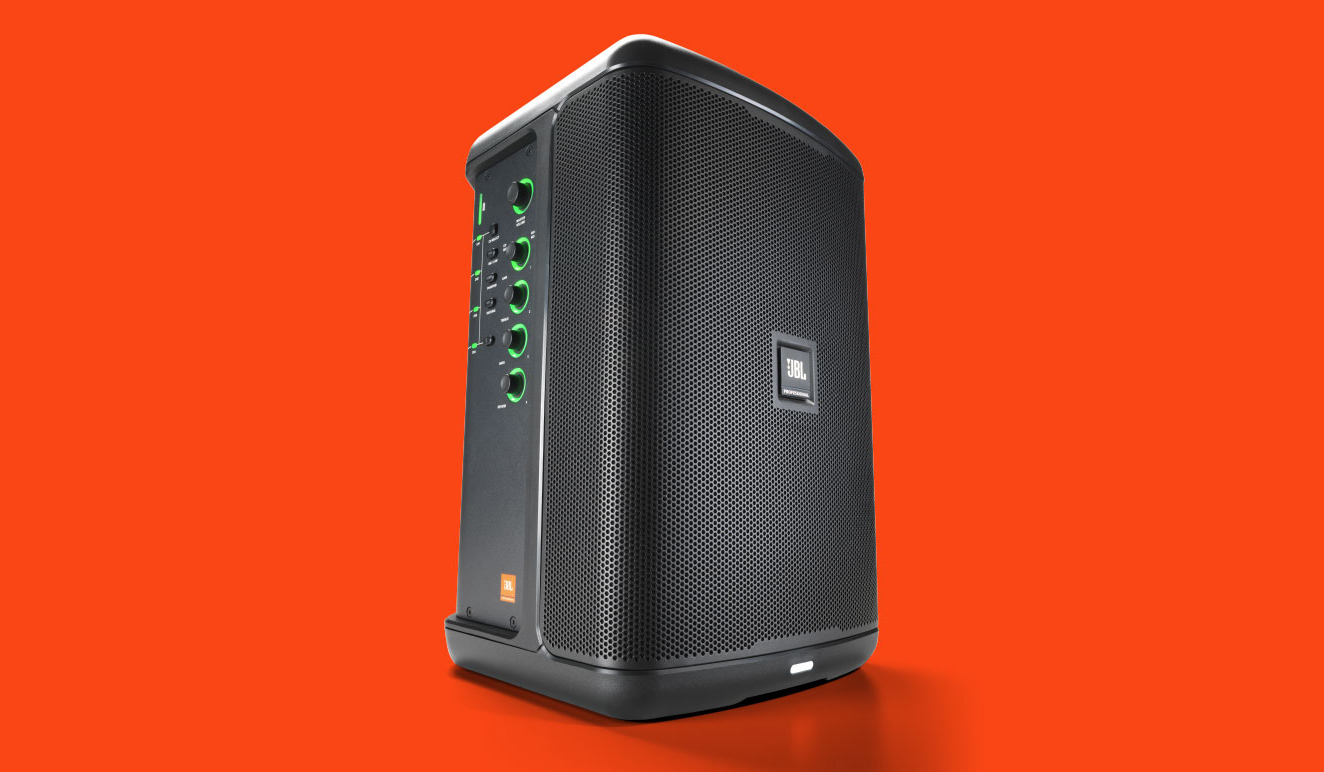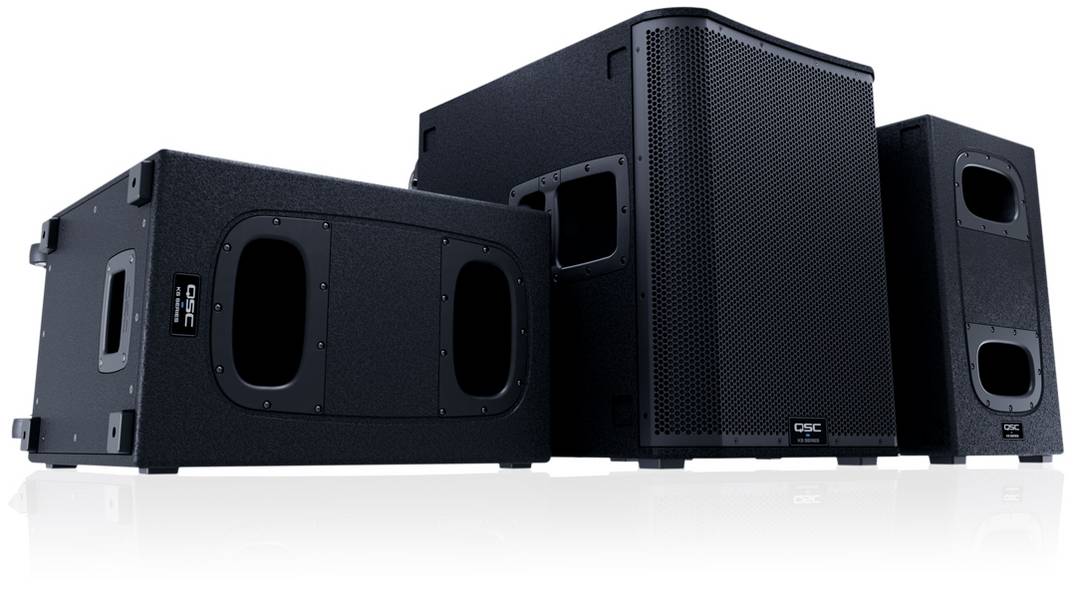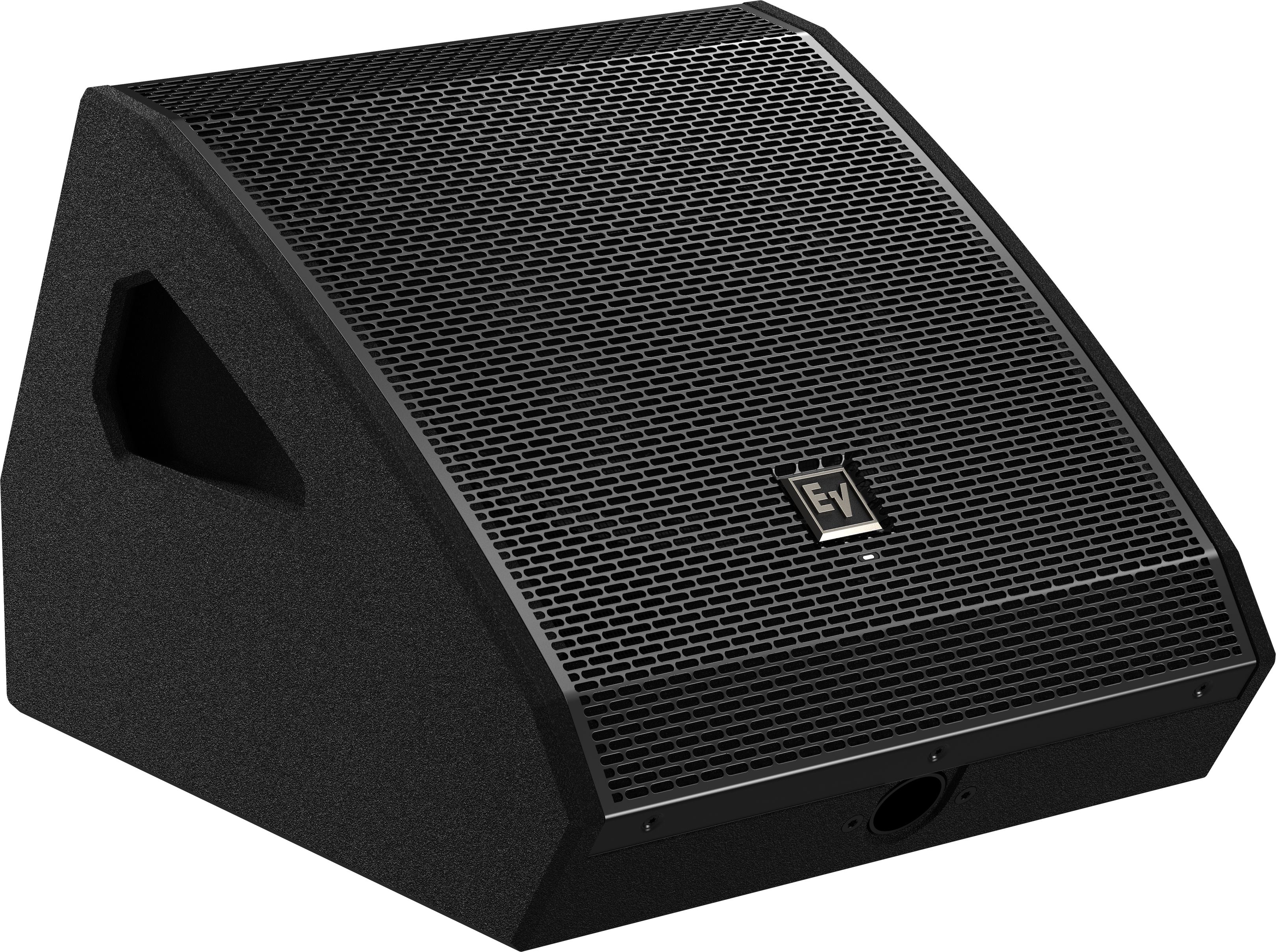Stay Flexible
Advancements in Portable P.A.s Support New Methods of Sound Reinforcement

No matter the industry, when looking for ways to operate safely during the pandemic, flexibility is key. Whether it’s a restaurant adapting to outdoor dining by bringing its background audio system out to the sidewalk, a house of worship accommodating its socially distanced congregation in an overflow space, or a bar hosting stand-up comedy in its backyard, having the flexibility to modify plans or pivot to new methods is more important than it’s ever been.
For contractors, that might mean considering portable P.A.s in situations where they’d only specified installed solutions previously. Thankfully, manufacturers have beefed up their approach to portable systems, so contractors can specify one without sacrificing sound quality.
“We can see ways to move something that typically was installed into something that wasn’t even thought of as a solution years ago,” said Craig Lambrecht, director for portable P.A.s at Harman.
[The Integration Guide to AV in a Post-COVID-19 World]
So the timing isn’t all bad, he said, when you consider features that have improved in recent years. Take battery life, for instance—even as speaker sizes have decreased, the runtime users can expect has increased significantly.
“A lot of portable P.A. systems were even originally designed to be very flexible and moved around very easily—and it’s even easier now, as we have more and more solutions with improved battery life, so you can take your system completely off the grid if you want,” said Lambrecht. “You can have a nice P.A. system that’s pro quality and fills a gap as we try to figure out this new world we’re in.”

Harman recently released the JBL EON ONE Compact portable P.A. system, which checks both size and battery boxes: it weighs just under 18 pounds and features a swappable, rechargeable battery that can last up to 12 hours. As well, it includes a four-channel mixer loaded with dbx and Lexicon-inspired effects including 4-band EQ, reverb, chorus, and delay. Bluetooth connectivity makes it easy to stream audio from mobile devices or link up to four speakers via the JBL Compact Control app.
A daily selection of the top stories for AV integrators, resellers and consultants. Sign up below.
“It’s a jack-of-all-trades,” Lambrecht said. “We put a lot of time into thinking about how this product fits for hospitality, into houses of worship, into corporate, education, government. It gives pro output, but it also gives you a bunch of features for whatever you want to run into it.”
[The Integration Guide to Houses of Worship]
Though social distancing has meant smaller crowd sizes, a system isn’t selected based on the number of people in a room; it’s the size of the space that counts, so those farthest from the source still get clear vocals. While ensuring even coverage, one complaint such spaces have struggled with is noise control, said David Fuller, senior director, product management – live sound at QSC. “Many live venues, bars, and clubs are located in areas of high residential or commercial density and must comply with local code or city noise ordinances,” he explained. “The main offender is the low-frequency energy from subwoofers, which is typically omnidirectional in nature and more easily transmitted between neighboring spaces.”
QSC’s KS Series cardioid subwoofers corral that low-frequency energy, “keeping bass in its place.” “The cardioid radiation pattern is designed to keep LF energy off the stage and from leaking back into stage mics,” Fuller said. “However, in many other foreground music applications, cardioid technology can also direct LF energy away from neighboring boundaries.”

To achieve this, he explained, a single KS212C could be the answer for a plug-and-play solution. In situations where excessive sound in specific areas is undesirable, the low-frequency cardioid radiation of the KS212C can be useful. Powered by a 3,600-watt Class D amplifier and featuring dual 12-inch excursion drivers each arranged in a 6th order bandpass chamber, the cardioid subwoofer produces 15 dB more output at the front of the cabinet than at the rear. It features aluminum handles and four rear-mounted casters for ease of transport, while two M20 sockets accept a 35mm loudspeaker pole in either horizontal or vertical orientation.
Another recent improvement comes thanks to portable P.A.s’ larger-bodied cousins. Technology has increasingly been imported from higher-end products targeted to more demanding environments. This means you’re less likely to have to sacrifice sound for size and flexibility.
“Technology that is proven at the highest end of the industry, it’ll be adapted to something you might buy for a few hundred dollars,” said Andrew Cho, senior product manager for portable speakers at Bosch, pointing to more sophisticated DSP modules that are making their way into their portable products. “We’re always making incremental engineering advancements through our touring sound and our commercial portfolio, and those trickle down into portable.”

The Electro-Voice PXM-12MP from Bosch is one such example. A dedicated portable loudspeaker system that provides convenient, powerful monitoring and playback functionality, its DSP offers four EQ presets, high and low shelving, parametric midrange EQs, adjustable low-cut filters, a tunable feedback notch filter, and recallable user settings. An integrated pole mount at the front allows for additional applications, and with a dedicated subwoofer and the adjustable subwoofer matching LPFs of the PXM-12MP, a full 3-way system can be configured to create a compact main P.A.
“In terms of its form factor, it looks like a stage wedge,” Cho said, “but it has points on it. If you want to put it up, get it off the ground and install it, you can. Flexibility is key.”
Flexibility—and, unsurprisingly, portability—are ultimately what end users who are in the market for portable P.A.s are looking for.
“End users really care most about portability, but then it still has to have good performance, it still has to have the right feature set,” said Craig Jackson, product manager for portable P.A. at Bose. “But if you have great performance and a great feature set, but it weighs 100 pounds and isn’t portable, then it can’t be useful.”
That’s where he says the Bose S1 Pro comes in. “It’s our smallest P.A. system, but it’s got a balance of portability to performance,” he explained. “It plays louder and goes lower than you would expect it to, given the size of the product.”

The S1 clocks in at 13 inches high, 9.5 inches wide, and 11.2 inches deep, and it weighs about 16 pounds, yet it produces horizontal coverage comparable to that of Bose’s larger L1 portable line array systems. It features a rechargeable lithium-ion battery that can provide up to 11 hours of play time, plus an onboard 3-channel mixer with independent ToneMatch, reverb, and EQ controls on two channels, and a dedicated channel for either wired or wireless music sources. Wireless Bluetooth streaming is available through one-touch pairing, and multiple positions are supported by Auto EQ to ensure everything sounds great, regardless of placement orientation.
Looking ahead, it appears that sophisticated audio technologies will continue to trickle down into portable products—possibly even faster than before. General changes to design technology play an important role in that process and will continue to influence the rate at which product innovations enter the portable P.A. market.
“Improvements in the speed of industrial design lets us be much more nimble and get feedback from a greater set of users,” said Harman’s Lambrecht. “Now we can prototype something, get it in the hands of users in all of our markets, and we have the ability to get more feedback and incorporate it back into the product.”
New features inspired by direct user experience might increase the number of situations where specifying portable P.A.s make sense. And when it comes down to it, portable P.A.s’ lower price points are just as important—particularly during a period where budgets might be tightening.
“A lot of businesses are seeing budget restraints, but fortunately, portable P.A. fits the budget while still providing professional audio quality,” concluded Bosch’s Cho. “We’re seeing a lot more contractors take a look at that price point and start thinking about installing portable P.A.s in certain applications that could also be used for mobile applications, where they might have to go outdoors, so it makes sense to take a look at the portable range.”
